12 June 2025
When was the last time you truly enjoyed learning something new? For many of us, traditional education often feels like a chore—memorizing facts, taking standardized tests, and moving on to the next topic. But what if learning could be engaging, meaningful, and even fun? That’s where Project-Based Learning (PBL) comes in.
PBL isn't just another educational buzzword. It’s a transformative approach that cultivates real-world skills, critical thinking, and creativity. In this article, we'll explore how Authentic Learning Experiences Through Project-Based Learning can foster deeper understanding, lifelong skills, and a genuine love for learning.
What is Project-Based Learning (PBL)?
Project-Based Learning is an instructional method where students learn by doing. Instead of passively absorbing information, they actively engage in complex, real-world projects that require research, problem-solving, collaboration, and creativity.Imagine a classroom where students don’t just read about pollution—they design and implement solutions to reduce waste in their community. Or where they don’t just study history—they create an interactive museum exhibit that brings historical events to life. PBL makes learning hands-on, relevant, and memorable.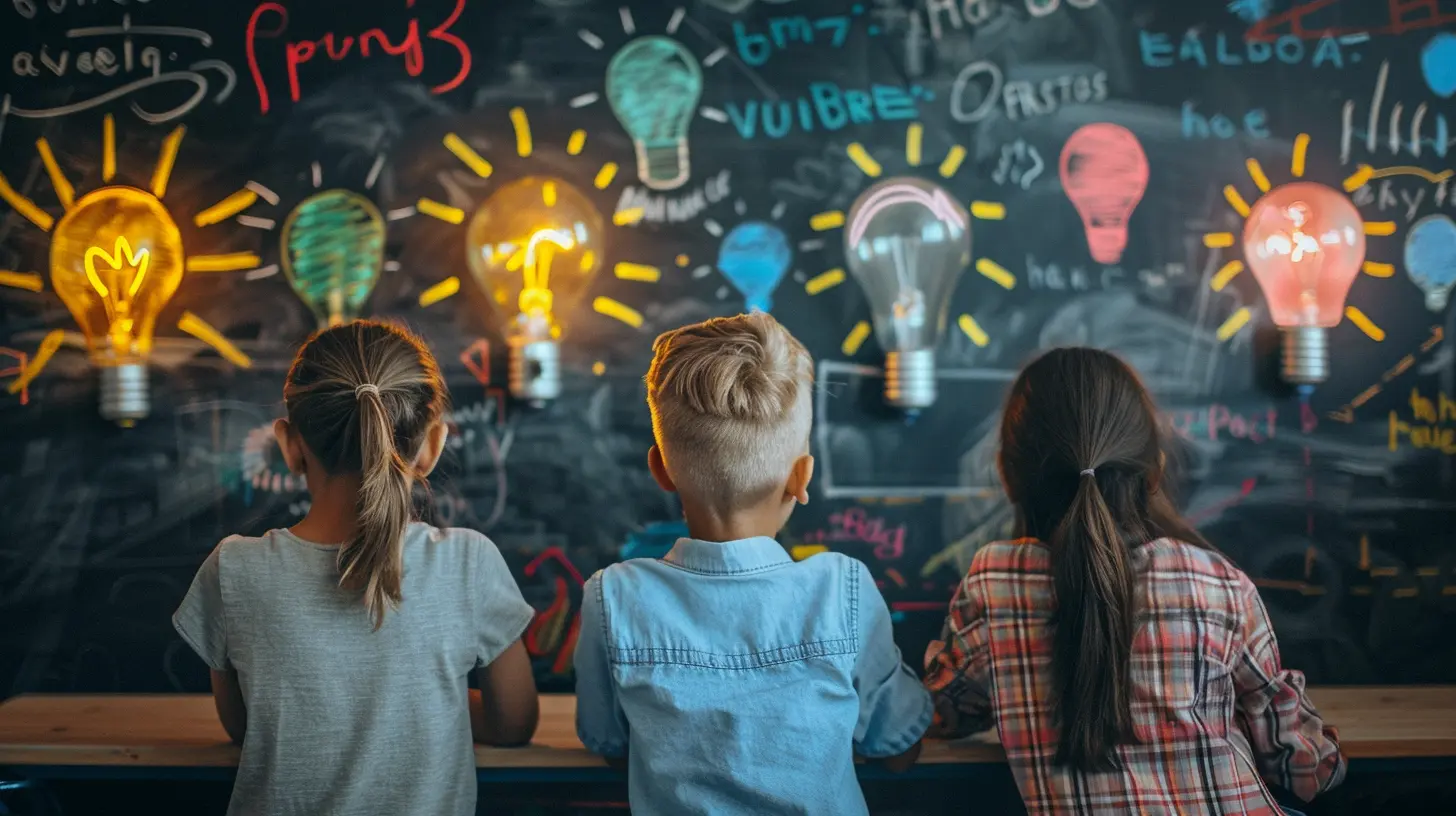
Why Authentic Learning Matters
Have you ever crammed for a test, only to forget everything a week later? That’s because traditional rote learning often fails to make knowledge stick. Authentic learning ensures students connect their lessons to the real world, making the content more meaningful and applicable.With authentic learning, students:
- See the real-world relevance of their education.
- Develop essential life skills like critical thinking, teamwork, and problem-solving.
- Become self-motivated learners because they see value in what they’re doing.
Rather than simply focusing on grades, they engage in experiences that help them prepare for life beyond the classroom.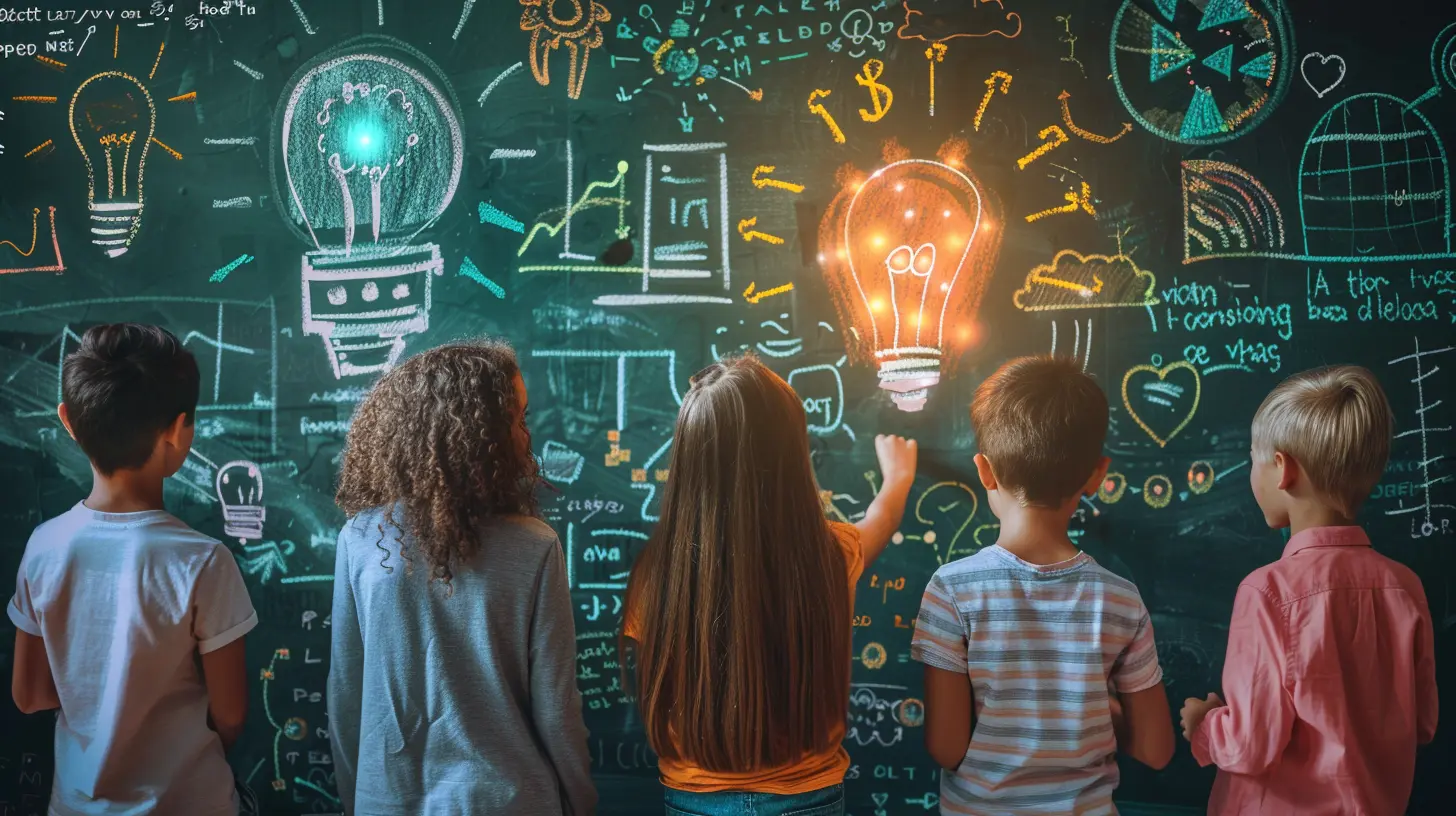
The Key Elements of Authentic Learning in PBL
For a project-based learning experience to truly resonate and create authenticity, it should include the following components:1. Real-World Connection
Projects should mirror real-life situations or problems. Whether students are designing eco-friendly solutions, creating business plans, or developing apps, the project should feel meaningful beyond the classroom.2. Student-Driven Inquiry
Gone are the days when teachers were the sole source of knowledge. In PBL, students ask questions, research answers, and develop solutions on their own. This fosters curiosity and independence.3. Collaboration & Communication
In the real world, teamwork is key. PBL encourages students to work together, share ideas, and communicate effectively, skills that are crucial in any career.4. Critical Thinking & Problem-Solving
Instead of memorizing formulas, students apply knowledge to real problems. Whether they're building robots or designing cities, they develop resilience and analytical thinking.5. Public Exhibition
Rather than handing in an assignment just for a grade, PBL often requires students to present their work to an audience—classmates, parents, or even the community. This builds confidence and accountability.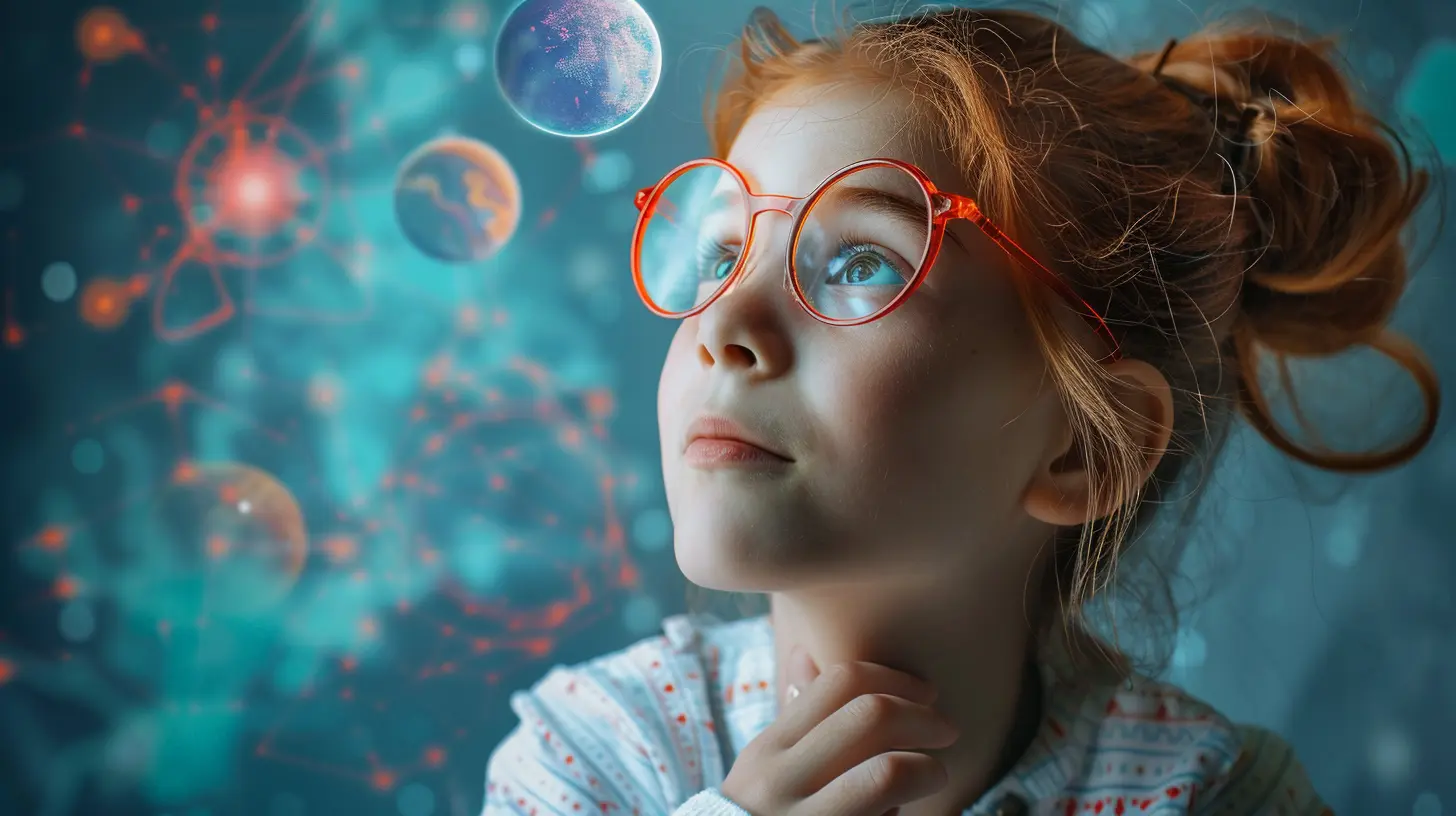
Benefits of Project-Based Learning
So why should educators embrace PBL? Because it transforms the learning experience in ways that traditional methods can’t.1. Boosts Engagement and Motivation
Let’s be real—students get bored easily. But when they’re working on projects they care about, they’re more likely to stay engaged and put in extra effort.2. Encourages Lifelong Learning
The world is constantly evolving. PBL teaches students how to learn, not just what to learn, making them adaptable thinkers ready for future challenges.3. Develops Real-World Skills
Memorizing answers doesn’t prepare students for life. PBL helps them build essential 21st-century skills, such as:- Leadership & teamwork
- Time management & organization
- Resilience & adaptability
- Creative problem-solving
4. Fosters a Growth Mindset
Mistakes? They’re part of the process! PBL encourages students to see challenges as opportunities to learn, helping them develop grit and perseverance.5. Prepares Students for Careers
Employers value critical thinkers and problem-solvers over students who simply ace tests. PBL bridges this gap, making students job-ready even before graduation.How to Implement Project-Based Learning in the Classroom
Ready to make learning come alive? Here’s how teachers can integrate PBL into their classrooms.Step 1: Start with a Big Question
A driving question sets the foundation for the project. It should be open-ended and encourage deep thinking.Example: How can we reduce food waste in our school cafeteria?
Step 2: Encourage Research & Inquiry
Guide students to explore their topic through research, interviews, and field studies. Let them take ownership of their learning.Step 3: Provide Hands-On Learning
Encourage students to apply their findings in tangible ways—whether that’s building models, designing prototypes, or executing an awareness campaign.Step 4: Foster Collaboration
Learning is more powerful when done together. Assign group roles, encourage teamwork, and emphasize the importance of different perspectives.Step 5: Allow for Reflection & Feedback
Reflection is key! Let students analyze what worked, what didn’t, and how they can improve. Feedback from teachers and peers also enhances the learning experience.Step 6: Showcase the Final Product
Whether it’s a presentation, a working prototype, or a community project, students should share their work with an audience. It adds meaning and value to their efforts.Real-Life Examples of PBL in Action
1. Environmental Conservation Project
Students investigate local environmental issues, propose solutions, and lead community initiatives like recycling programs or tree-planting campaigns.2. Designing a Small Business
Students create a mini-business, handling everything from marketing to product design, learning valuable entrepreneurship skills along the way.3. Historical Documentary
Instead of writing essays about history, students produce a short documentary featuring interviews, reenactments, and research, making learning more dynamic.4. Engineering a Sustainable Model Home
Students design and build eco-friendly house models using energy-efficient solutions, merging science, math, and creativity.Overcoming Challenges in PBL
Of course, no teaching method is perfect. Implementing PBL comes with its challenges, but they can be tackled with the right mindset.Challenge 1: Time Constraints
Teachers often worry that PBL takes too long. Solution? Start small. Even a short project can make a difference in student engagement.Challenge 2: Unequal Participation
Not all students contribute equally in group work. Encourage clear responsibilities and check-ins to ensure accountability.Challenge 3: Assessment Difficulties
Traditional grading methods don’t always apply to PBL. Instead, use rubrics, peer evaluations, and self-assessments to measure progress.Final Thoughts: Why PBL is the Future of Learning
Education is more than memorizing facts—it’s about preparing students for life. Project-Based Learning transforms classrooms into innovation hubs, where students don’t just learn about the world but actively engage with it.By embracing Authentic Learning Experiences Through Project-Based Learning, we create passionate, capable learners who are ready to take on the world. So, the next time you think about how education should evolve, remember: learning should be an adventure, not a worksheet.

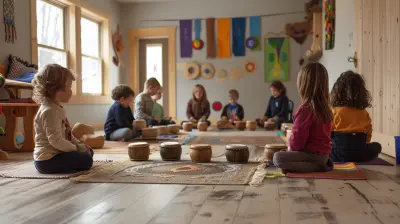


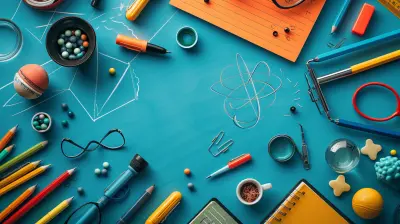



Zayden Alvarez
Project-based learning fosters engagement, but authenticity requires careful, contextual integration.
November 16, 2025 at 9:14 PM